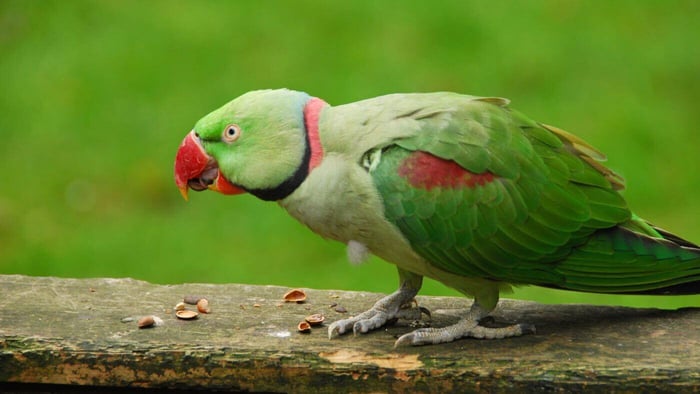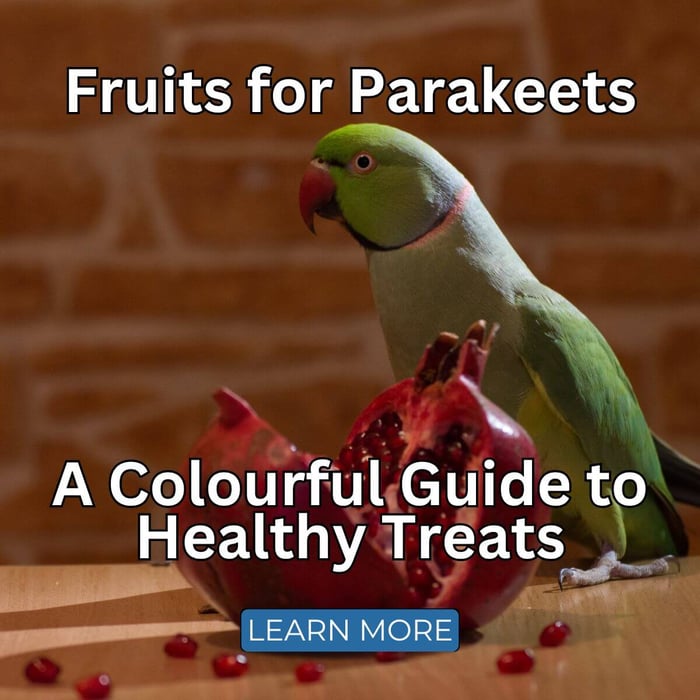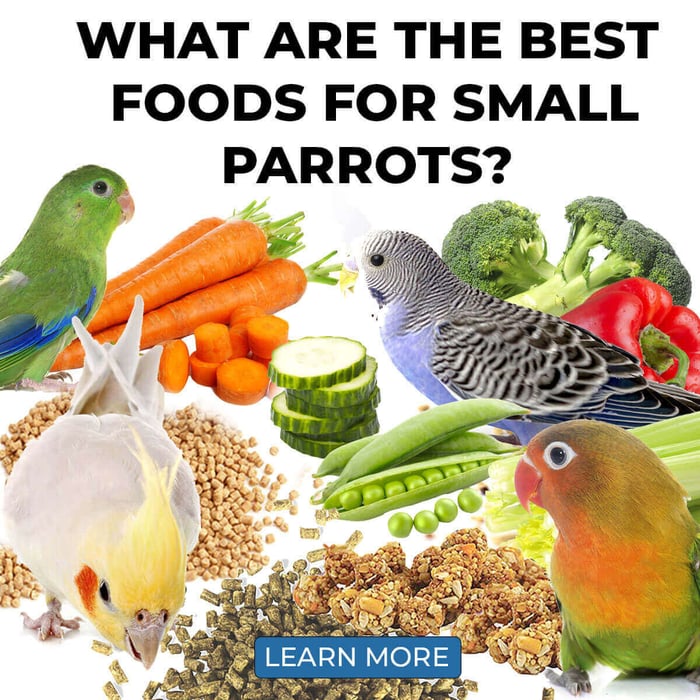Best Nuts for Parakeets: A Complete Guide to Nut Treats
Parakeets can eat certain nuts, but only when they are prepared and portioned appropriately for their small beaks. In short, nuts for parakeets should be raw, unsalted, and crushed or finely chopped into safe, bite-sized pieces. While nutritious, nuts must be given sparingly due to their high-fat content. This guide explores the best nuts to feed your parakeet, how to serve them safely, and how to make them part of a balanced and enriching diet.
Are Nuts Safe for Parakeets?
Yes, but only the right kinds, in the right form, and in moderation. Parakeets are small parrots, and many whole nuts are far too large and hard for them to eat safely. When served as tiny, manageable pieces and included occasionally in their diet, certain nuts can offer important nutrients such as healthy fats, protein, and vitamins.
Best Nuts for Parakeets
Below is a detailed breakdown of the most suitable nuts for parakeets, their nutritional benefits, and how to prepare them correctly:
Almonds
Almonds are rich in vitamin E, which supports immune function and skin health. They also contain calcium and magnesium. For parakeets, only raw, unsalted almonds should be used.
- Serving tip: Use pre-slivered almonds or chop into flakes. A single sliver is enough for one treat session.
- Safety note: Bitter almonds (non-sweet varieties) are toxic and must be avoided entirely.
Pine Nuts
Pine nuts are one of the most size-appropriate and parakeet-friendly nuts. They're small, soft, and packed with healthy fats and protein.
- Serving tip: Offer 2–3 pine nuts occasionally or mix into foraging mixes.
- Nutritional benefit: High in vitamin K and zinc, useful for feather and immune health.
Walnuts
Walnuts are high in omega-3 fatty acids, which support brain function and promote shiny feathers. However, they are large and must be broken down.
- Serving tip: Crush the nut into crumbs and offer a pinch.
- Caution: Walnuts go rancid quickly; store them in a sealed container in the fridge or freezer.
Pecans
Pecans contain antioxidants and heart-healthy fats. Their soft texture makes them easier to crush and mix into food.
- Serving tip: Finely chop a pecan and offer a fragment as a treat.
- Best use: Sprinkle tiny bits over vegetables or pellets to encourage variety.
Cashews
Cashews are softer than many tree nuts and contain iron, phosphorus, and magnesium. They're quite fatty, so they should be treated as an occasional indulgence.
- Serving tip: Use raw, unsalted cashews only. Chop into tiny pieces.
- Portion: No more than one small fragment once per week.
Hazelnuts
Hazelnuts are nutrient-dense, offering folate, vitamin E, and healthy fats. However, like other larger nuts, they need to be broken down.
- Serving tip: Grate or crush into nut crumbs and use sparingly.
- Pairing idea: Mix with chopped dried fruit for a DIY foraging treat.
Pistachios
Pistachios are safe if raw and unsalted, and they offer protein and potassium. However, they are usually sold in shells, which are too hard for parakeets.
- Serving tip: Remove the shell completely and chop the green nut into small pieces.
- Caution: Don't offer whole pistachios, the shell is a choking risk.
Pumpkin Seeds (Pepitas)
While technically seeds, shelled pumpkin seeds are a fantastic nut-like treat. They are rich in zinc and magnesium.
- Serving tip: Choose hulled (green) raw pumpkin seeds. Offer one or two at a time.
How to Serve Nuts to Parakeets
It's important to serve nuts in a way that ensures safety and supports enrichment:
- Always raw, never roasted or salted
- Chop or crush larger nuts into tiny, parakeet-safe pieces
- Store nuts properly in airtight containers, preferably refrigerated, to prevent mould
- Use nuts in moderation – too much can cause weight gain or liver issues
- Incorporate into foraging activities like treat puzzles, paper parcels, or training
The CHOP Framework for Feeding Nuts Safely
To make nut feeding easier and safer, use this simple framework:
- C – Choose wisely: Stick to raw, unsalted nuts and seeds suitable for parakeets
- H – Handle safely: Store nuts in cool, dry places to prevent spoilage
- O – Offer occasionally: Treats should not exceed 5–10% of the weekly diet
- P – Prepare properly: Crush, chop, or grate all large nuts before feeding
This framework helps you keep nut treats enriching without risking your bird's health.
How Often Can Parakeets Eat Nuts?
Parakeets should only have nuts in tiny portions once or twice a week. Due to their small size and low daily calorie needs, even a few extra high-fat treats can quickly lead to nutritional imbalance.
If you're using nuts for training or taming, reduce the quantity of other high-fat foods accordingly.
Final Thoughts on Nuts for Parakeets
Nuts for parakeets can be a safe, enjoyable, and nutritionally valuable treat when used carefully. By choosing appropriate types, preparing them in bird-sized pieces, and offering them in moderation, you can add variety and enrichment to your parakeet's diet. Always observe how your bird responds, and consult an avian vet or nutritionist if you're unsure how to balance treats with daily food intake.




